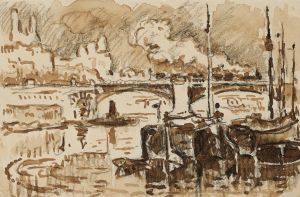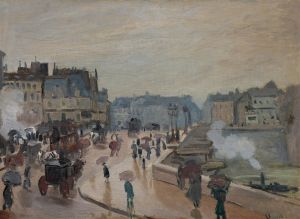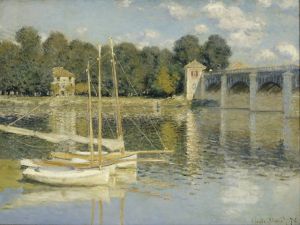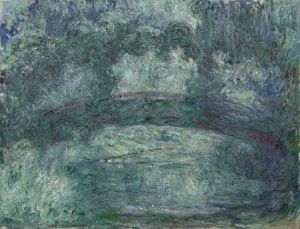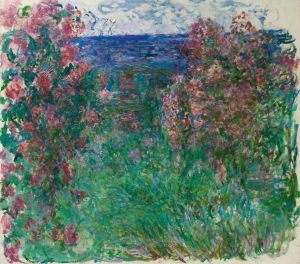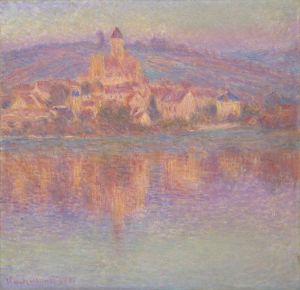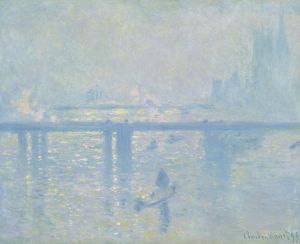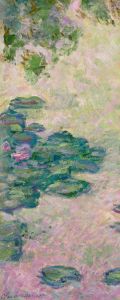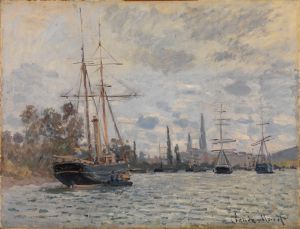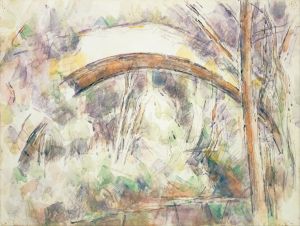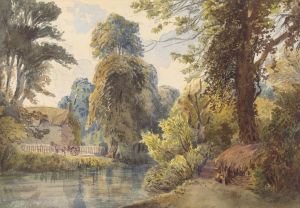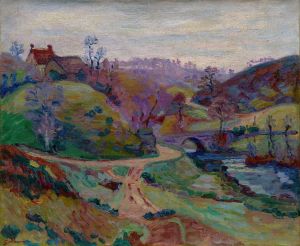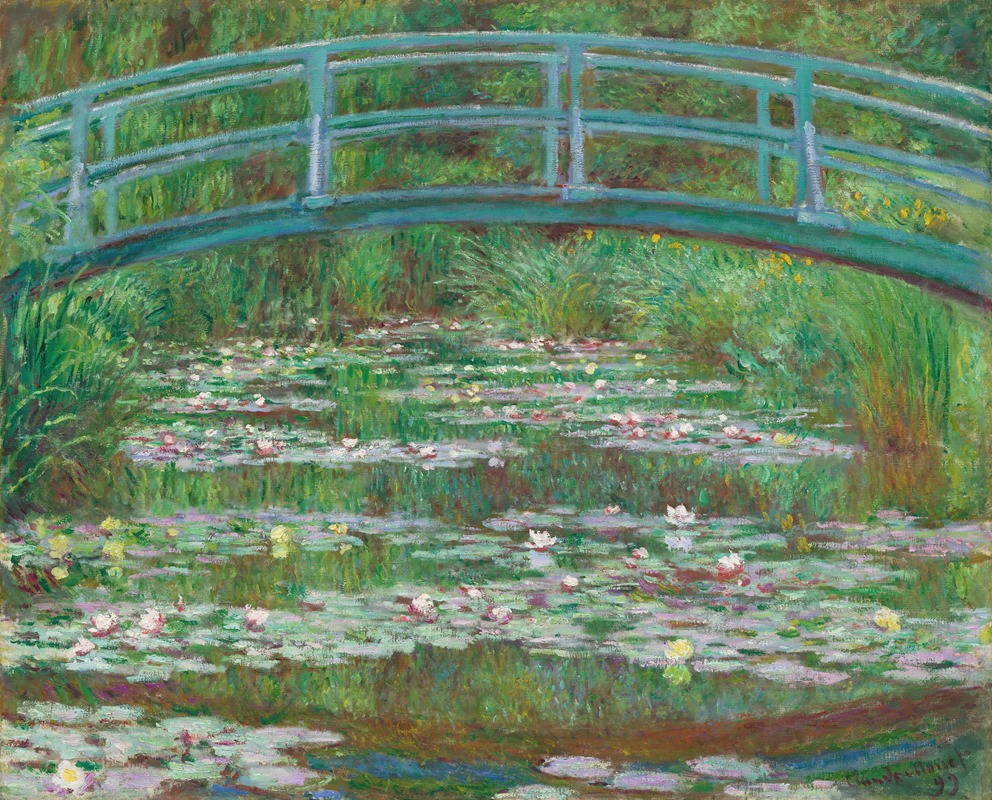
The Japanese Footbridge
A hand-painted replica of Claude Monet’s masterpiece The Japanese Footbridge, meticulously crafted by professional artists to capture the true essence of the original. Each piece is created with museum-quality canvas and rare mineral pigments, carefully painted by experienced artists with delicate brushstrokes and rich, layered colors to perfectly recreate the texture of the original artwork. Unlike machine-printed reproductions, this hand-painted version brings the painting to life, infused with the artist’s emotions and skill in every stroke. Whether for personal collection or home decoration, it instantly elevates the artistic atmosphere of any space.
The Japanese Footbridge is an oil painting created by the French Impressionist artist Claude Monet in 1899. This artwork is one of the most iconic pieces in Monet's series of paintings that depict the Japanese-style footbridge in his garden at Giverny, a village in northern France where the artist lived and worked for much of his later life.
Monet's garden at Giverny was a major source of inspiration for his art, and he personally designed and cultivated it. The Japanese footbridge, which spans a water lily pond, was a central feature of the garden. Monet was deeply influenced by Japanese art, particularly woodblock prints, and this influence is evident in the design of the bridge and the composition of the painting.
The painting captures the bridge surrounded by lush greenery and the reflective surface of the water, which is dotted with water lilies. Monet's use of light and color in this work exemplifies his Impressionist style, focusing on the effects of natural light and the changing qualities of the landscape. The brushstrokes are loose and fluid, creating a sense of movement and atmosphere rather than precise detail.
This painting is part of a series in which Monet explored the same subject under different lighting conditions and at various times of the day and year. These works reflect his fascination with the interplay of light, color, and nature. The series is considered a significant contribution to the Impressionist movement and demonstrates Monet's mastery of capturing fleeting moments in time.
The Japanese Footbridge is housed in the National Gallery of Art in Washington, D.C., where it remains a celebrated example of Monet's work. It continues to be admired for its serene beauty and innovative approach to landscape painting. Monet's garden and the Japanese bridge remain popular subjects of study and admiration, symbolizing the artist's dedication to blending art and nature.





